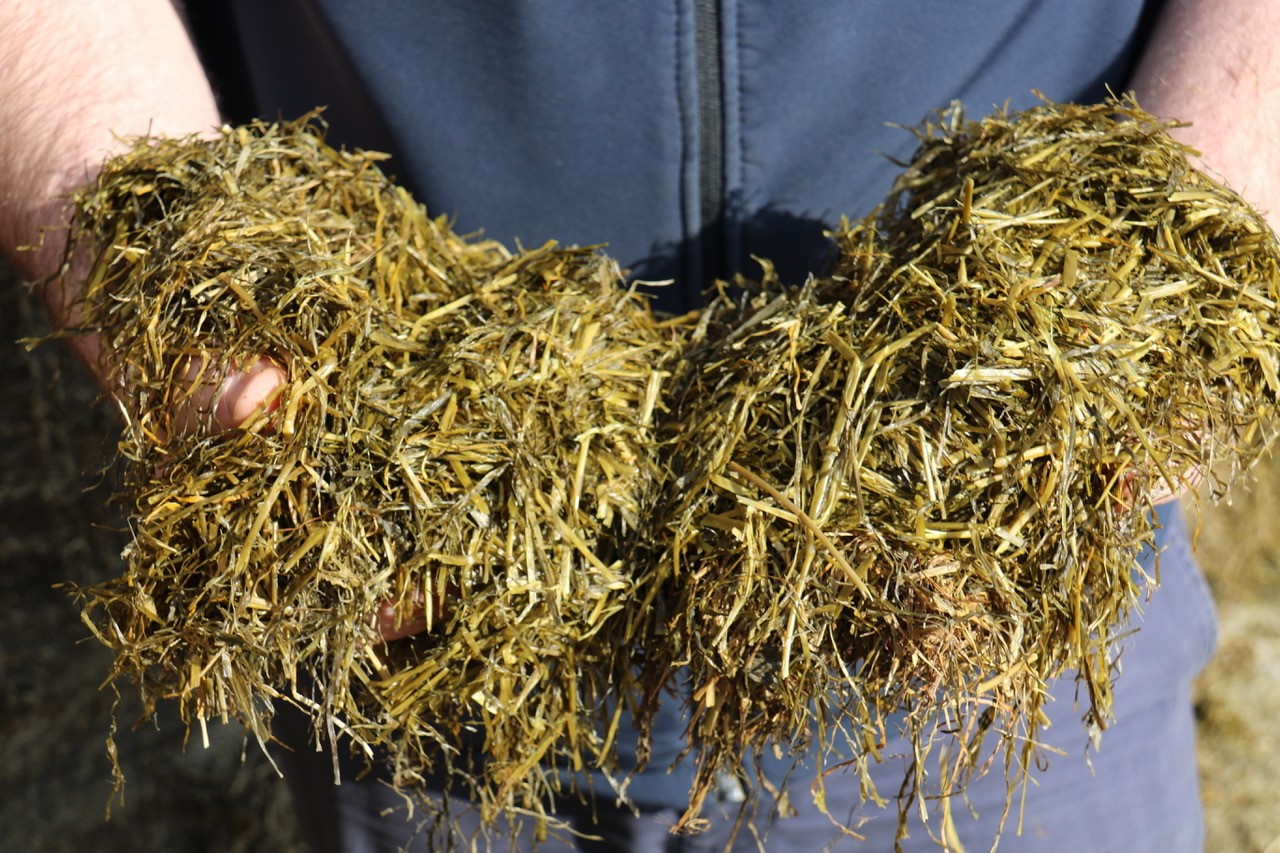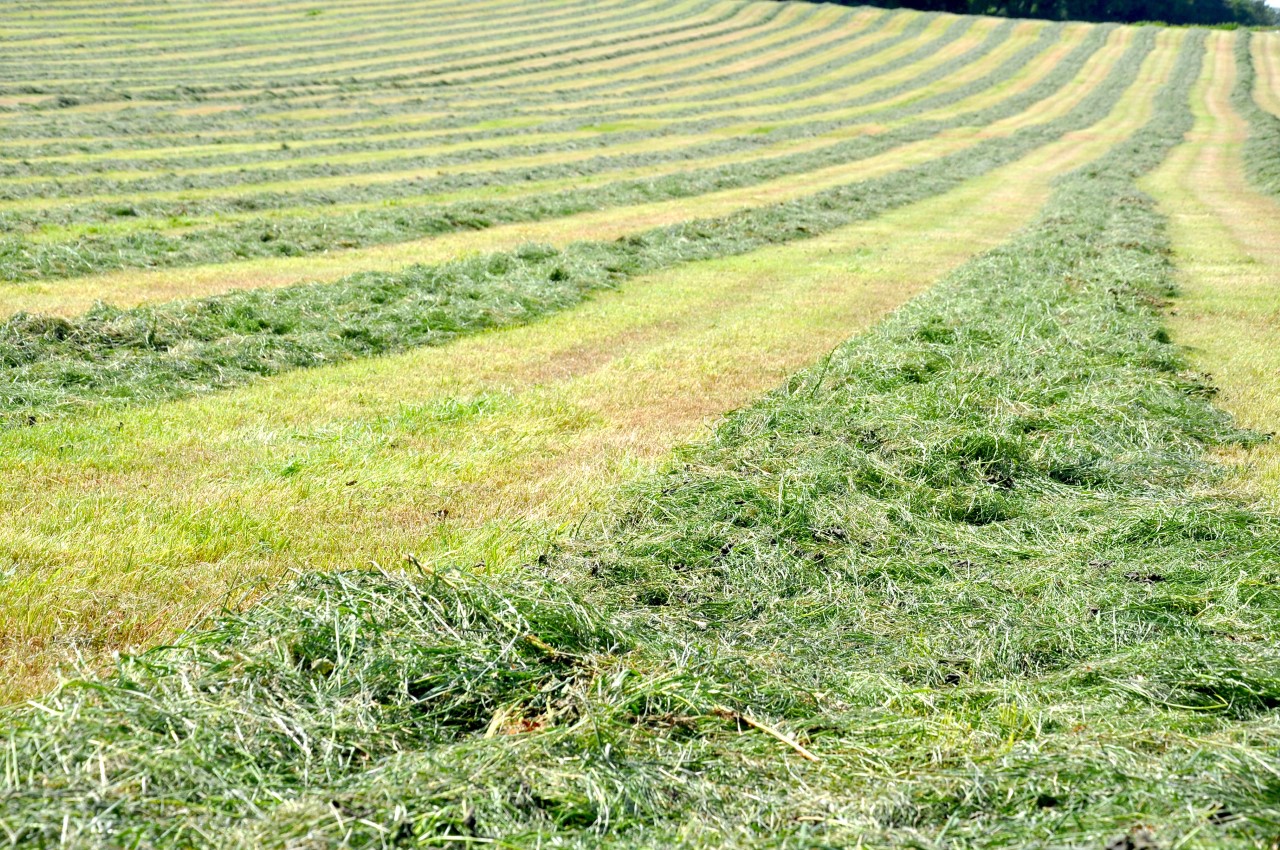New survey reveals multi-cut grass silage benefits in drought-hit 2022
07 February 2023
High feed, fertiliser and fuel costs are driving UK dairy farmers to want to produce better silage in 2023. And those who made multi-cut grass silage during the droughted 2022 season tended to be better off.
Those were conclusions from a new Ecosyl grass silage survey conducted among more than 700 UK dairy farmers ahead of the 2023 season – three-quarters of whom made silage conventionally (cutting up to three times a year) and a quarter of whom made multi-cut silage (cutting four times or more).
The vast majority in both groups (74% and 70% respectively) reported that growth of their grass silage crops had suffered from drought in 2022. But as well as making better progress with cutting, more of those making multi-cut tended to see higher silage yields and better quality, says Ecosyl silage expert Ken Stroud of the survey organiser, Volac.
Getting on for half (45%) of farmers in the multi-cut group had already taken two cuts by the end of May,” says Mr Stroud, “compared with only 17% that had taken two cuts by the end of May in the conventional group. And this trend continued when the dry weather had hit at the end of July.
“By then, nearly three times more farmers in the multi-cut group than in the conventional group had already progressed to three cuts – at 44% versus 15%. More interesting still were the differences in silage yields and quality between the two groups.”
Compared with 63% of conventional silage-makers who felt yields were less than normal by the end of July, Mr Stroud says just 53% said this in the multi-cut group.
Quality-wise, over the season as a whole, 35% of conventional silage makers also rated their 2022 grass silage quality as poorer than normal, compared with only 28% saying this in the multi-cut group.
At the other end of the scale, nearly twice as many multi-cut makers as conventional silage producers felt their quality was actually better than normal in 2022 – at 20% versus 12%,” says Mr Stroud. “Indeed, higher quality was the most popular advantage of multi-cut silage identified by users of the system in the survey, with 60% saying this, followed by 50% naming more yield over the season as an advantage.
“Clearly, multi-cut isn’t immune to the effects of drought, and it isn’t possible to make it on all farms, but the survey results repeatedly pointed to those who made multi-cut in 2022 being in a stronger position. Another advantage of a multi-cut system is that it puts some silage in the clamp early in case the weather turns too wet or dry later. This was named by 36% of users,” he adds.
Also rated highly among multi-cut’s advantages was the opportunity it provides for more slurry applications – which can be useful for farmers cutting back on granular fertiliser, Mr Stroud notes.
When survey respondents were asked what was likely to make them want to make better silage in 2023, averaged across both groups, 79% said high feed costs, 63% said high fertiliser costs and 49% said high fuel costs. Clearly there was good understanding among producers that making better silage can improve business efficiency and make better use of their fertiliser investment. These are key reasons why minimising losses in silage dry matter and quality has become increasingly important,” he adds.
Results from this latest survey also mirrored a previous Volac survey conducted in the dry year of 2020, which also indicated that multi-cut grass silage put dairy farms in a stronger position, Mr Stroud notes.
Looking to find out more about multi-cut? Check out our multi-cut e-Book with all you need to know about moving to multi-cut.